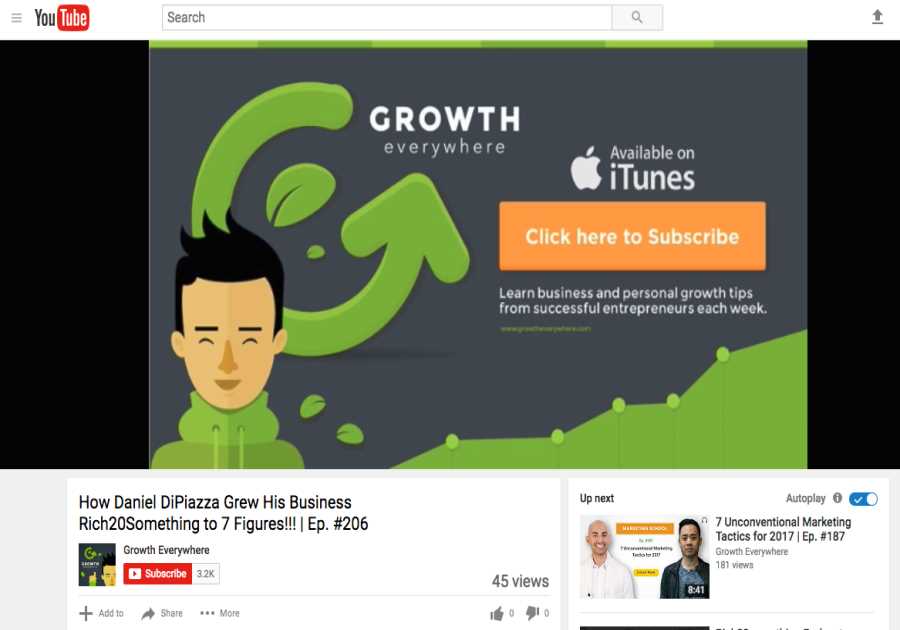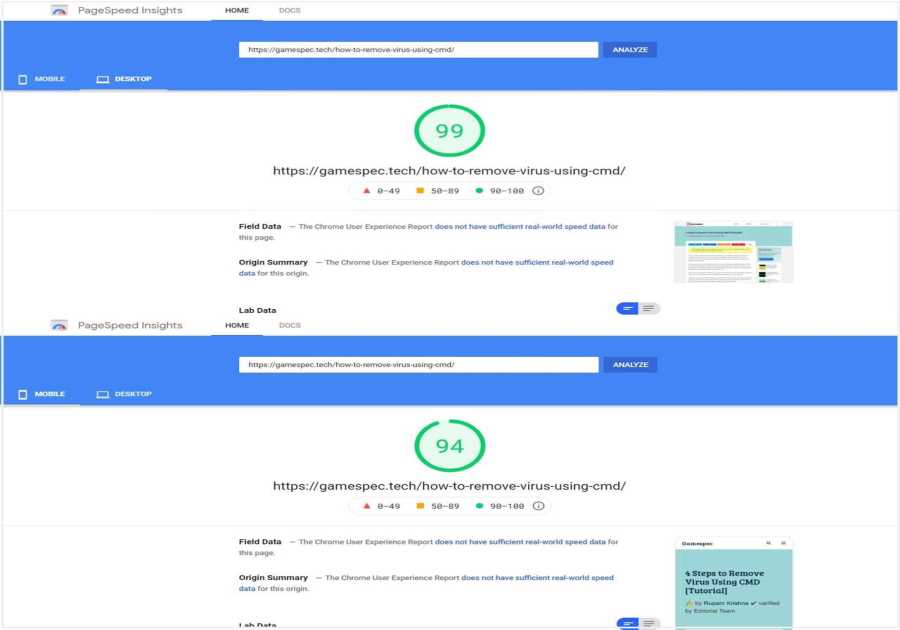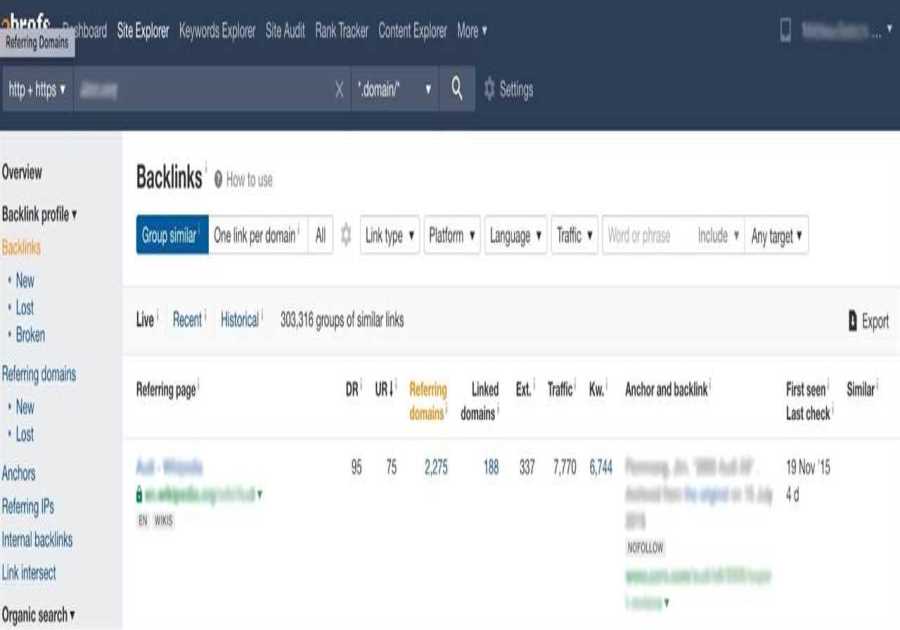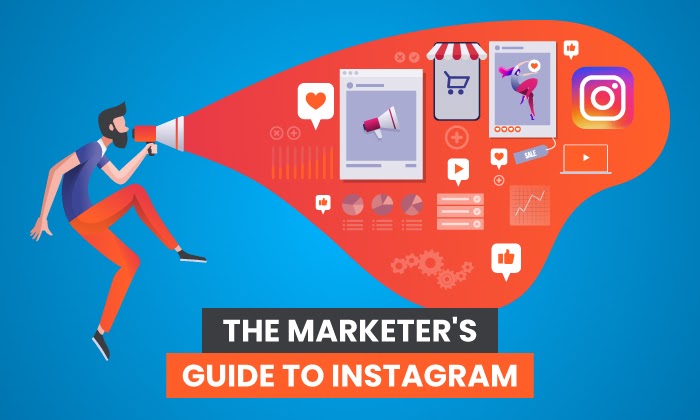
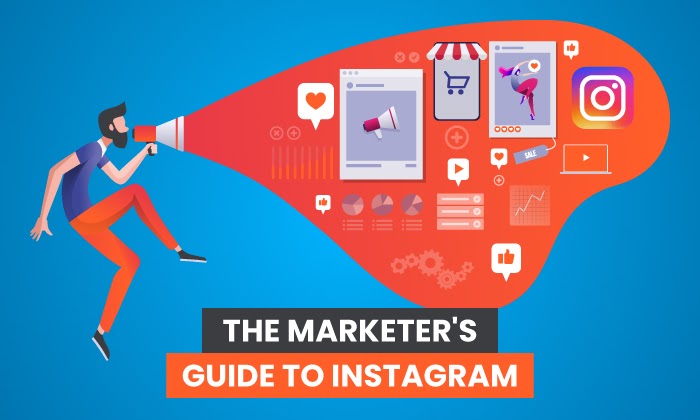
As the leading photo-sharing app on the market, Instagram has a singular hold on its diverse group of users.
With over 500 million users logging onto the platform daily, Instagram’s popularity is unquestionable.
How then can marketers reach this massive group of users?
Through Instagram marketing.
Soon you’ll be ready to launch campaigns like a pro and build a lasting community to support your products and brand.
Read on to learn the ins and outs of marketing on this popular app.
What Is Instagram Marketing?
Instagram marketing refers to the process of brands harnessing the power of Instagram to reach their target audiences to generate brand awareness and share products. The platform offers marketers or businesses several avenues to connect with their desired audiences, including paid and non-paid options.
Why Should Marketers Care About Instagram?
While the platform hosts 32 percent of 25-to-34-year-olds, the photo-sharing app also hosts audiences of all ages, with 18 percent of 35-to-44-year-olds and 11 percent of 45-to-54-year-olds actively using the Instagram platform.
These figures reveal that, despite incorrect audience perception, there is a large likelihood that your target audience is logging onto Instagram, and you need to be greeting them with content when they do.
In addition to the sheer size and diversity of usership, 90 percent of Instagram users follow businesses, with two in three business profile visits originating from non-followers.
This organic interaction with businesses stands in stark comparison to other social platforms.
Take Facebook, for example. A social media platform engagement study found that brands experience a median engagement rate of 0.09 percent per Facebook post, whereas Instagram earned a 1.60 percent median engagement rate per post on Instagram.
That’s a huge difference that swings the pendulum in Instagram’s favor.
Outside of these metrics, Instagram also is a marketer’s dream for a variety of other reasons. We break those down below.
Narrative: Although Instagram doesn’t focus on the conventional mode of written storytelling, the platform is all about sharing a narrative through images. Marketers are all about sharing a narrative through messaging. The platform is the perfect place to bring your brand’s story to life through aesthetically appealing posts, stories, and ads.Reach: A billion plus accounts use Instagram every month. One billion. The platform provides nearly unlimited access to audiences, allowing you to drastically widen your reach.Community Engagement: We talked above about Instagram’s high engagement rates with brands. Outside of that figure, Instagram provides marketers with unique opportunities to connect with community members, fostering conversation and engagement.Competitive Lens: Even if you’re not currently using Instagram marketing as a strategy, there’s a high chance your competitors most likely are. Take advantage of the platform’s visibility to assess what your competitors are sharing, what’s performing well, and what isn’t. Garner best practices for your community by seeing what fails and succeeds for your direct competitors.When coupled with the usage statistics, these four benefits of Instagram marketing make your presence on the platform a must.
How Do I Market My Brand on Instagram?
While this may all sound great in theory, how do you enact the actual practice of marketing your brand on Instagram?
We’ve got you covered.
In the following section, we break down everything from building your business account to demystifying Instagram marketing analytics.
Get a Free Instagram Business Account
Setting up your free Instagram business account is easy.
Simply create an account (you can also transition your preexisting personal to a business account following the same steps) and then register that account as a business. Select the three-bar expansion button at the upper-right corner of your profile, then select the Settings wheel.
Once here, you have the opportunity to turn your account from personal to business by choosing Switch to Professional Account, then select Business.
Customize Your Instagram Business Account
After you’ve established yourself as a business, you can start optimizing your profile for success.
Instagram offers businesses a variety of unique features unavailable to personal accounts; you’d be wise to take advantage of all of them.
Contact information: Include physical address, email address, and phone number so followers can contact you directly. When you include this contact information, Instagram automatically builds relating buttons (Call, Get Directions, Email).Category or Categories: These groupings appear as circular topics under your name and are a simple way to showcase what your brand is about. Check ours out below:
Call-to-action buttons: Tailored to the offerings of your business, these buttons allow visitors to take specific actions, like making an appointment or booking a reservation. To incorporate these buttons into your profile, select Edit Profile, then Contact Options, then Add an Action button.
Create an Instagram Marketing Strategy
Whether you’re a beginner or looking to boost your Instagram marketing strategy, the following four steps can help you craft deliberate, successful campaigns.
Set some goals These will vary from business to business, dependent on what your ultimate aim is. Whether you’re looking to get new leads or position your brand as an industry leader, you need clearly delineated goals that your campaigns work toward achieving.Keyword research is a must for any successful digital campaign. Instagram is no different. Although Instagram is home to stunning visual images, much discovery occurs through hashtag usage. Since the platform relies so heavily on hashtags to help users find relevant content, keywords operate as the basis of discovery on the platform.Define youraudienceWe’ve already established that Instagram’s audience is massive, but that doesn’t mean yours is. By having a clearly-defined audience, you increase the chances of reaching individuals most likely to take your desired action.Runcompetitor researchin the service of learning about best practices for your particular market. When building your Instagram marketing strategy, dive deeper into competitor data to gain a granular view of their performance. By comparing competitor data to your own, you can gain a realistic view of performance and tailor your strategies accordingly.Start Posting Content
After establishing a measurable strategy and building out your profile, it’s time to start posting content.
However, what you post, when you post, and the aesthetics of your post should all be considered before you select Publish.
On any social platform, it’s vital that your business conveys a brand voice. That voice doesn’t just refer to the actual written text: It includes color palette, post type, and theme of your posts and hashtags.
Color
Color psychology plays a large role in content marketing as specific colors trigger an emotional reaction in the viewer. When selecting a color palette for your Instagram posts, choose hues that embody the broad message of your brand.
Check out this grid from travel site Le Postcard

The company chose to highlight blue hues that make the viewer dream of vacation.
When selecting your own color palette, be sure to choose hues that embody the essence of your brand. Pull that color palette across your content.
Post Type
Instagram offers marketers a bevy of post types to choose from, including standard image post, reels, IGTV, and much more. Post type is also relative to a business’s brand.
Is the business you’re promoting fun and casual or formal?
For more relaxed businesses, engaging, funny videos are a sure-fire way to draw audience attention.
Conversely, for more buttoned-up organizations, jocular videos are most likely a route to avoid.
Hashtags
We already discussed how hashtags can help you grow your community. Instagram allows a lot of room for hashtags, with space for 30 per post. A general best practice here is to use about 11 tags.
Here, too, your hashtags should reflect your brand’s voice and identity, allowing would-be community members to find your business by searching their interests.
Interact With Followers
Everyone wants to be heard, and your Instagram followers are no different. Make sure they know that you hear and appreciate them by liking their posts and replying to their comments.
This practice builds goodwill toward your business and encourages your followers to interact with you again.
Check out this post from Supergoop, a sunscreen brand that not only responds to followers but encourages followers to tag their friends into the conversation. This tactic furthers both reach and recognition.

Track Your Analytics
Instagram has some pretty comprehensive analytics that allow you to gain both a bird’s-eye view of your performance, as well as a granular view. While there are lots of metrics you can explore, here are the top ones that we recommend you get very familiar with.
Reach
Through reach metrics, you learn how many unique accounts viewed your post.
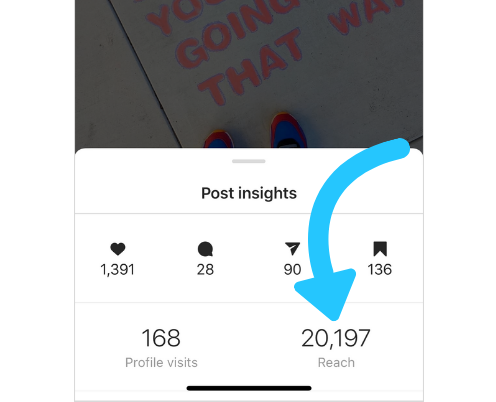
If your post scored an uncommonly high or low reach score, you could assess what factors went into the result. Which hashtags did you use? When did you post? Was your call-to-action (CTA) clear?
Asking these questions based on reach metrics can help you optimize future campaigns for better performance.
Sales
In addition to Instagram’s shopping features, drive people to your website by adding UTM parameters to links.
This function allows you to track conversions, including how much revenue you earned via Instagram. These metrics are stored in your chosen web analytics program and can provide tangible insight on how much traffic your Instagram marketing strategy drives, as well as what content converts into actual sales.
Saves
Instagram saves allow users to “save” posts for later by choosing the “bookmark” item at the bottom of the post.
By tracking saves over time, you can determine which content pieces drive the highest number of saves and adjust your Instagram marketing strategy to reflect this.
While there is a multitude of other metrics Instagram marketing strategists can dive into, these three provide a clear view of content that performs well, informing current and future strategies.
Conclusion
While wading into the world of Instagram marketing may seem overwhelming, employing the strategies will make your descent simple.
As you begin to build out your profile and interact with your target audience, be sure to keep an eye on your metrics, both those available from the app itself and those from an external platform like Google Analytics.
With those metrics, monitor and adapt your posts constantly. In the world of digital advertising, things move quickly; you must be able to shift your best practices accordingly.
What’s your favorite Instagram marketing strategy that you’ve seen?
By: Neil Patel
Title: The Marketer’s Guide to Instagram
Sourced From: Original article available: neilpatel.com/blog/marketers-guide-to-instagram/
Published Date: 2021 04 07


